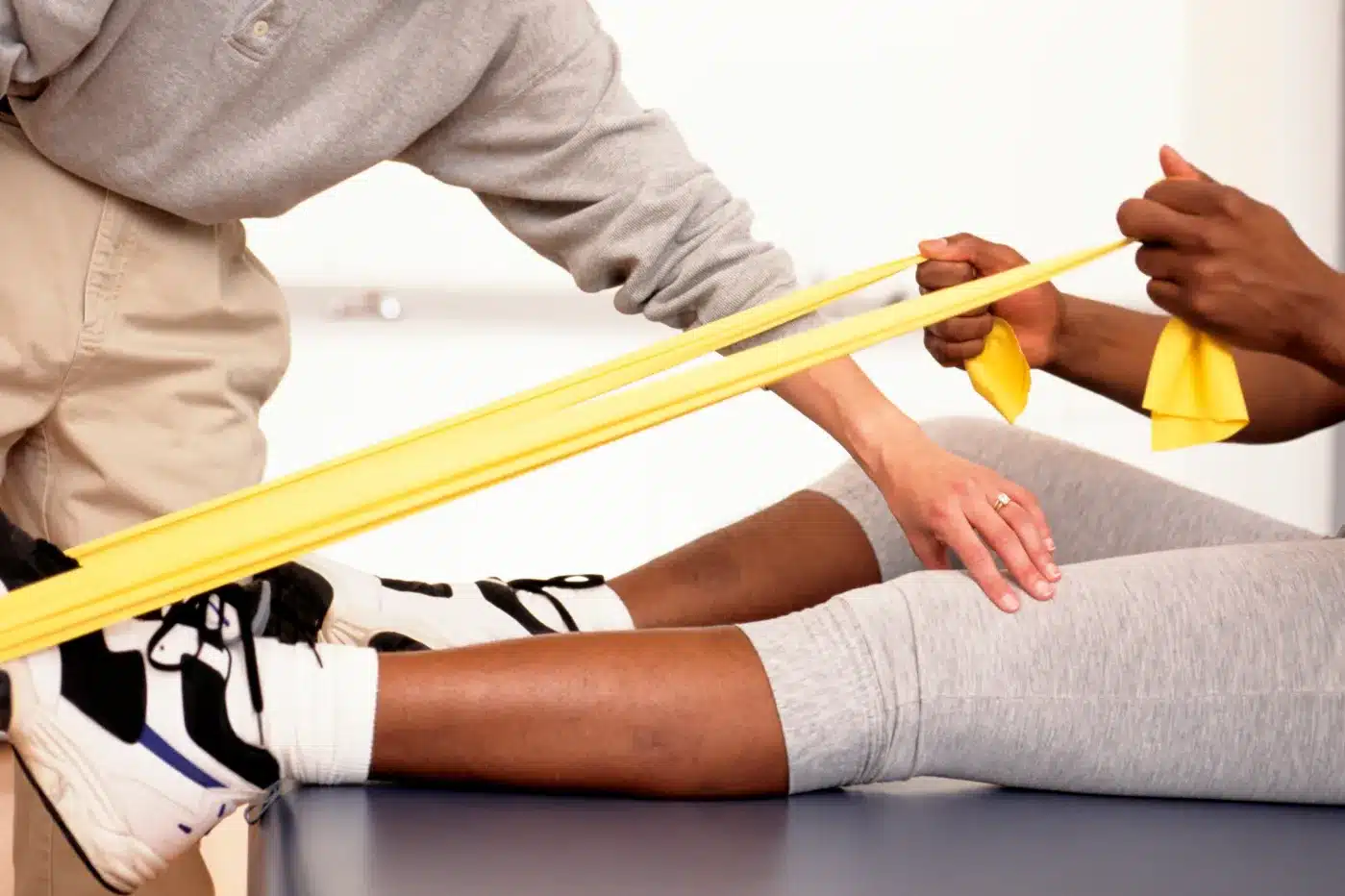What is Functional Movement?

I recently assisted with the Level 1 MovNat certification with Craig Rice, held at Revolutionary Fitness in East Harlem, NYC. It was a great weekend, and it has prompted the question: What is Functional Movement? Functional Movement is a hot topic in today’s market of athletic training and physical therapy. But what constitutes “functional” movement? Ask a different practitioner and you’ll get a different answer. Let’s dive into it.
As a Certified Functional Manual Therapist, we look at functional movement as the absolute basics of human locomotion. With each joint at its healthiest, good excursion of the soft tissues and nervous system, appropriate muscle activation to provide stability in a given task, we then train the efficient orchestration of the pieces to perform any given movement. This covers everything from breathing, transitioning from lying down to standing up, being able to squat, reach overhead, walk and run, and any other task a body is required to do. Functional movement, in this context, is any movement requirement in the patient’s life, within the expected normal range of motion in the human body.
The Functional Movement Screen (and the Selective Functional Movement Assessment) evaluates specific movement patterns throughout the body. Asymmetries and dysfunction are identified, scored, improved through a hierarchy with exercise, or are addressed in clinical rehabilitation. The functional movements in the FMS include a Full Squat, Shoulder Flexion/Extension patterns, Hurdle Step, Inline Lunge, Active Straight Leg Raise, Push-up and Rotary Stability test. In this screen, we are able to define functional movement again as multi-joint movements that require mobility, stability and the appropriate coordination of the system, better known as Motor Control.
MovNat defines efficient movement as performing movements safely with optimal performance and energy conservation (MovNat Course Manual, v4.2, 2015). The basic building blocks of this movement practice are: walking, crawling, lifting, balancing, jumping, running, climbing, and throwing/catching. These elements may be combined together, with or without resistance, to increase mobility, improve stability, and enhance athletic performance. Speaking from personal experience, these classes and training sessions may be scaled to span the spectrum from gentle, meditative and mindful movement to strenuous workouts resembling cross-training programs. MovNat training and classes focus on functional movement from the standpoint of the neuro-developmental sequence, and practical movements that mimic real-world requirements. Here, functional movements serve a purpose, within a person’s environmental context to answer the question: “why are we moving?”.
If we consider that we move for 3 primary reasons – for food, for safety and for pleasure (you’ll figure that one out!) – it’s apparent that MovNat covers these domains quite well.
Yoga is not typically touted as functional movement, but its aims are similar: mobility, flexibility, strength and stability. Many of the sequences and poses are not usually found in day-to-day life, but the combined benefits translate easily to daily movement and locomotion requirements. Plus, there’s the added benefit of stress reduction and mindfulness.
Traditional weight and resistance training often utilizes only single-joint movements, training muscles in isolation. One only needs to look at rows of weight machines in a circuit to realize that fitness was previously only viewed with an isolationalist approach in terms of single muscle units. Current concepts in personal training and exercise classes promote functional movement utilizing multi-joint, or compound, movements in all three planes of movement (front/back, side-to-side, and rotational). Therefore, lifting a weight from the floor to an overhead position would qualify as a functional movement.
However, we came to this conclusion: just because a movement is “functional”, it doesn’t necessarily mean that it is practical. Our movement patterns should be as healthy as possible to be strong for our own lives. While lifting two to three times your own body weight may not be practical, we must respect the personal reasons a person chooses to exercise. Improved appearance is a great motivator and is perfectly valid. It’s my job to make sure, whatever your movement choices, that you are working with the most efficient body possible.
While “functional movement” is a bit challenging to define in exact terms, you can always ask your healthcare and fitness professional what might be best for you. In the meantime, get out there and try different approaches and explore what moves you.
Let’s get moving!
